The little known sign that could save your patients life
One of the unique things about the way we Chiropractors work is the view we take. Literally.
We see plenty of skin and often from angles the patient can’t see.
So today’s newsletter is about the little-known, skin manifestations of a growing problem in the UK – diabetes.
Did you know that since 2008 the cost of type I and II diabetes to the NHS has gone up 80% to £1.08 billion?
12.5 pence of every £1 spent on prescriptions is on diabetes drugs.
https://www.express.co.uk/
There is no doubt about it, too much of the wrong food is killing us slowly, both literally and financially.
 Whilst many patients are still desperately clinging to the low-fat insanity that has seen them get fatter and fatter (see Einstein quote).
Whilst many patients are still desperately clinging to the low-fat insanity that has seen them get fatter and fatter (see Einstein quote).
We are slowly coming around to the idea that as it’s insulin that drives obesity, anything that pushes up insulin might be worth reducing.
The low(er) carb, high(er) fat lifestyle (not diet, I hate the word diet as it implies it’s only for a while then you can go back to eating the crap that made you ill/fat in the first place), is here to stay.
A high-nutrient diet with low-glycemic load is easy, sustainable and recognises our ancestral roots.
But if our patients have been busy stuffing themselves with low-fat food (with added sugar and sweeteners to make it taste half decent).
While gorging on white, refined, highly-processed carbs, the ever popular “healthy” low fat baked potato, a “glass” (bucket) of red wine in the evening because wine is “good for you” (it the red colour/polyphenols in the grapes that is good for you alcohol is poisonous to every cell in your body, deal with it) we want to make sure we pick up issues ASAP.
So next time you are gazing with diagnostic precision at you patients neck, have a look for any hyperpigmentation with velvety thickening in the skin folds (it occurs in folds in general so you might also see it in the arm pit, groin but we don’t generally see these on a routine visit)
It’s called acanthosis nigricans and it means they have hyperinsulinemia (aka at the very least prediabetes if not full type II diabetes).
It can be present in up to 72% of obese people and when found in children up to 29% have impaired glucose homeostasis (aka they are going to slowly become diabetic).
https://www.jpeds.com/article/
It looks like this:
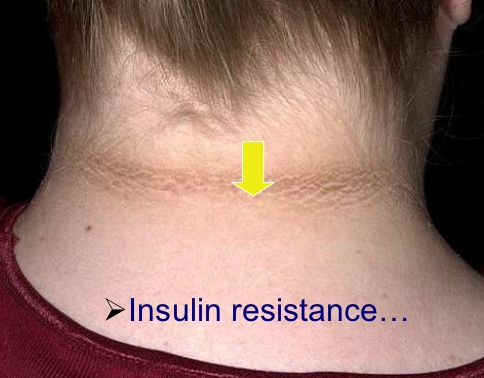
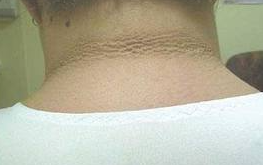

Also keep you eyes peeled for skin tags.
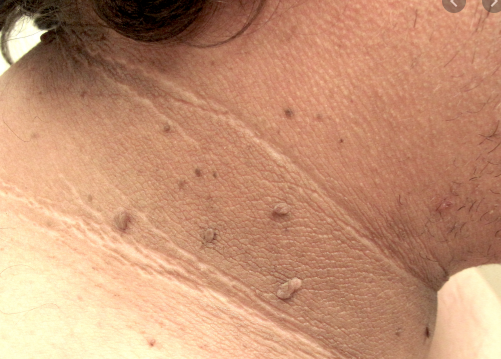
In 216 community based people with multiple skin tags, 26% (57 people) had overt diabetes type II, with 16 new previously undiagnosed cases.
https://europepmc.org/article/
Also if they have ruddy/red appearance that could also be a sign of diabetes via microangiopathic complications diabetics are prone to (think retinopathy, small capillaries supplying blood to the area get damaged).
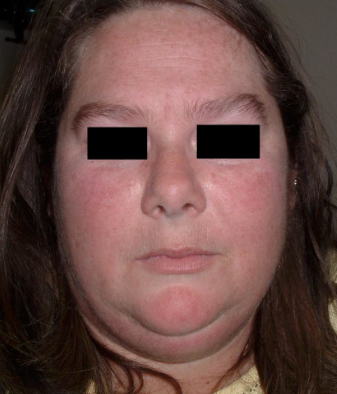
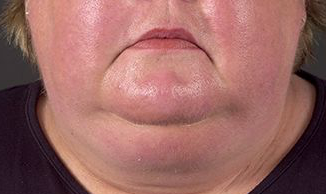
ACTIONS TO TAKE TODAY:
Check out the brilliant documentary “The men who made us fat”. It chronicles the rise of the low fat disaster that really helps patients understand why it’s been the go-to diet despite decades of worsening obesity (“Why would my GP tell me to eat low fat if it wasn’t good for me?”)
https://www.dailymotion.com/
Send your patients to the following low carb sites for some inspiration:
www.dietdoctor.com – low carb and full keto.
https://www.lowcarbprogram.com – low carb with weight loss and diabetes emphasis.
Lots of free stuff but the full, paid versions are worth it.
And as always don’t waste those valuable adjustments,
Speak soon

Simon
